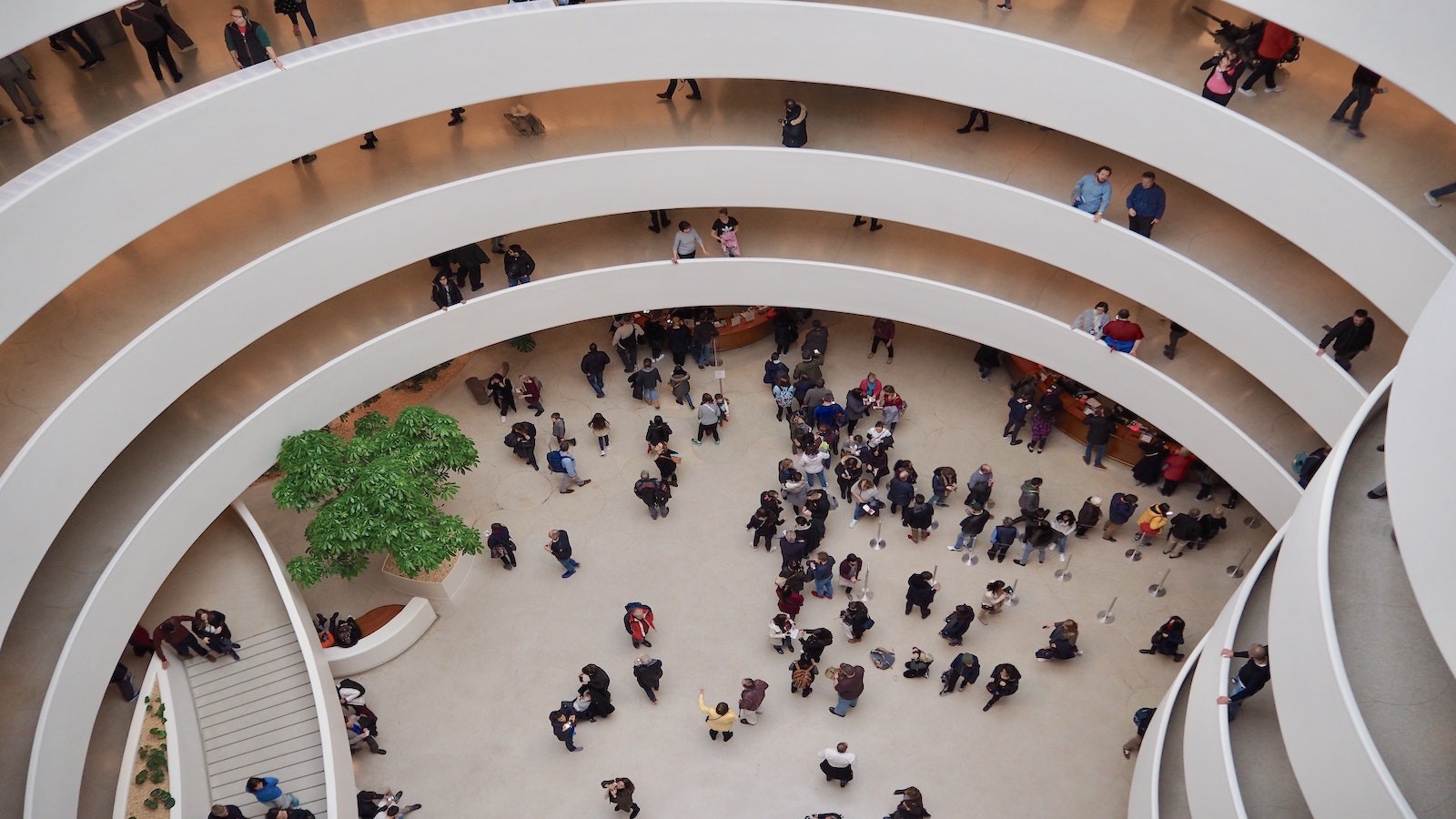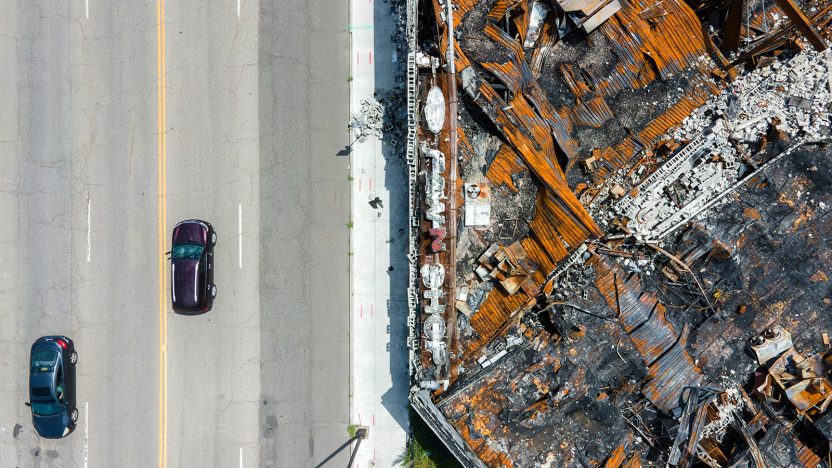Envisioning more intelligent crowds
Retailers, and other businesses, are finding solutions to keep customers safe in the Covid-19 world.
by MAIZE

Francis Oyewole heads up Business Development at Aura Vision, a startup focused on integrating AI with retailers’ existing security cameras. We talked with Oyewole about how Covid-19 has changed the retail landscape and the role AI plays as more stores need to monitor customers’ actions.
How has Covid-19 changed the current retail landscape? And how does the possibility of another pandemic anticipate the future of retail?
Covid-19 has really accelerated digital transformation. There were some retailers who were dragging their heels on becoming more digital within brick and mortar operations. Retailers are starting to inquire and explore the technologies that they possibly should have been using before Covid-19.
That’s a big shift towards taking more of the off-line world into a digital space. Data is absolutely massive during this time. And there are a lot of retailers who simply don’t have the historical data that they need to be able to predict how things could be going forward. So they’re scrambling to get into that position. Brick and mortar stores are disappearing in some sectors, but it seems like using AI and using data could help brick and mortar stores survive. But at the same time this crisis has really highlighted the importance of brick and mortar, not just from an economic standpoint, but also from a social standpoint. People may be in the position where they miss the opportunity to go into a store and buy something. A.I. has already impacted the online shopping experience, it only makes sense for that mindset to be taken into brick and mortar.
What has been the delay in brining AI into brick and mortar stores?
There is the adage, is something a vitamin pill, or a pain pill? A lot of retailers may not have seen that AI, and in particular, computer vision, is something that is more than just a vitamin pill—ultimately, it’s going to enhance many of the store’s tasks and functions. For example, a lot of retailers have some form of footfall counting. AI provides the opportunity to enhance footfall counts. It allows for a demographic analysis, seeing not only how many people come into the store, but the demographic makeup of the people coming into the store. It can quantify the time customers spent in the store, the products that people are engaging with, and the effectiveness of window displays. Most retailers have security cameras, there is a wealth of data within those security cameras, and unfortunately, most retailers are not making use of that data.
What is the role of AI in the current retail landscape, post Covid-19?
The role of AI and specifically, computer vision, in this new landscape is firstly to help retailers open up their stores safely for their customers and their staff. That might include store occupancy reporting in real time, looking at areas of a store that are passed by the most and may require extra sanitation. Or, looking at queue wait times and store capacity. Retailers are using security guards to stand at the entrance to count people coming in, and that has a significant financial implication across hundreds of stores, and instead, using cameras provides a cost efficient way of doing that in places where face mask compliance is mandated by law, because cameras can be trained to recognize staff uniforms. Cameras can also recognize whether someone is wearing a face mask. And beyond Covid-19, cameras can optimize the store from an operational standpoint, using demographics to understand customers. We’ve helped retailers improve their window display programs significantly just by helping them A-B test which ones convert the most traffic. We’ve helped retailers understand why customers went into a store for longer periods of time and which products are driving the most engagement and conversions in store. This is all data that is standard from an e-commerce point of view, and brick and mortar is trying to catch up to that.
Once we’ve gone past this pandemic and have returned to normalcy, retailers will focus on optimizing these operations rather than just stabilizing them.
What are the ethical implications of using computer vision technology? How do you balance that with providing useful data?
The objective of computer vision is to understand and interpret images. What that means is training computers to recognize objects within an image. And then if there’s some analysis to be done on those objects in the image, then the computers do that as well. There are a variety of different use cases for computer vision within retail and there is a privacy issue that needs to be addressed. We have to balance the legitimate interests of businesses who want to improve the customer experience with providing a safe shopping environment, respecting, and protecting privacy. From our point of view, the technology that we’ve created is governed by the GDPR in Europe. This is something that we’ve had to build our solution to adhere to. No single shopper can be identified from the data that we collect and we have a number of measures that ensure that. This includes automatic face blur as soon as someone comes into frame. It also means that we focus on aggregated data. We’re not outputting individual shopping journeys. What we’re doing is collecting a mass of individual journeys and then aggregating them into one set that the retailer can then use to spot patterns and trends. Once a retailer gets access to this data, it’s been anonymized and stripped of anything that can be used to identify someone, they are just numbers on the dashboard, numbers that can be interpreted for many applications.
This crisis isn’t going to last forever and the Covid-19 solutions aren’t going to be necessary forever, but they can continue on to do some marvelous things.


